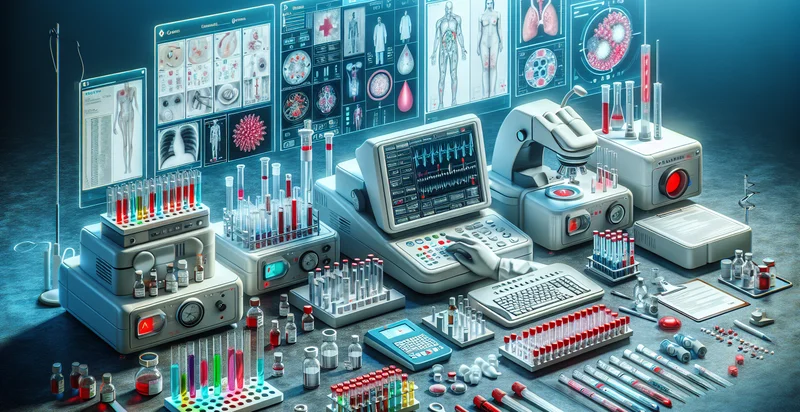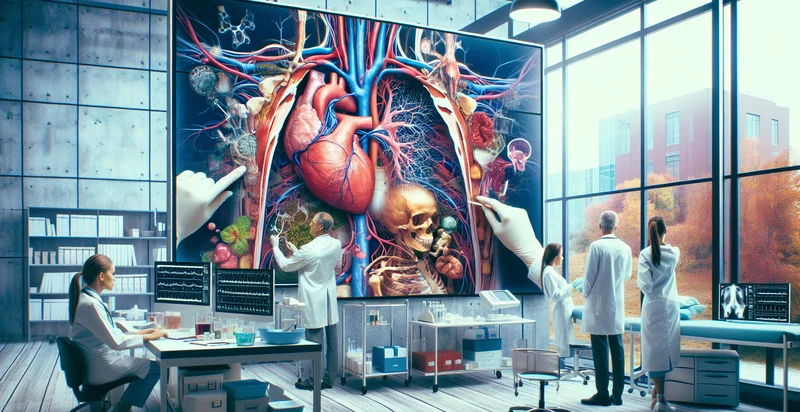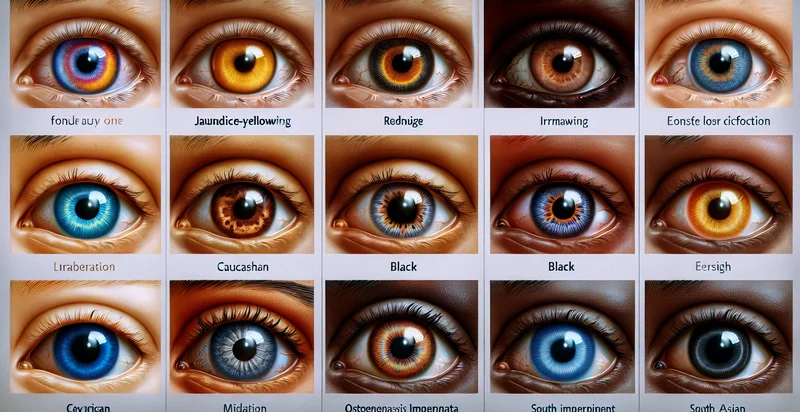Identify medical analyzer conditions
using AI
Below is a free classifier to identify medical analyzer conditions. Just upload your image, and our AI will predict the medical conditions present in a patient's data. - in just seconds.

Contact us for API access
Or, use Nyckel to build highly-accurate custom classifiers in just minutes. No PhD required.
Get started
import nyckel
credentials = nyckel.Credentials("YOUR_CLIENT_ID", "YOUR_CLIENT_SECRET")
nyckel.invoke("medical-analyzer-conditions", "your_image_url", credentials)
fetch('https://www.nyckel.com/v1/functions/medical-analyzer-conditions/invoke', {
method: 'POST',
headers: {
'Authorization': 'Bearer ' + 'YOUR_BEARER_TOKEN',
'Content-Type': 'application/json',
},
body: JSON.stringify(
{"data": "your_image_url"}
)
})
.then(response => response.json())
.then(data => console.log(data));
curl -X POST \
-H "Content-Type: application/json" \
-H "Authorization: Bearer YOUR_BEARER_TOKEN" \
-d '{"data": "your_image_url"}' \
https://www.nyckel.com/v1/functions/medical-analyzer-conditions/invoke
How this classifier works
To start, upload your image. Our AI tool will then predict the medical conditions present in a patient's data..
This pretrained image model uses a Nyckel-created dataset and has 12 labels, including Critical Condition, Declining Condition, Deteriorating Condition, Excellent Condition, Fair Condition, Good Condition, Improving Condition, Manageable Condition, Poor Condition and Recovered Condition.
We'll also show a confidence score (the higher the number, the more confident the AI model is around the medical conditions present in a patient's data.).
Whether you're just curious or building medical analyzer conditions detection into your application, we hope our classifier proves helpful.
Related Classifiers
Need to identify medical analyzer conditions at scale?
Get API or Zapier access to this classifier for free. It's perfect for:
- Disease Detection: This function can be utilized to analyze medical images and accurately identify conditions such as tumors, fractures, or infections. By providing high confidence classifications, it enhances diagnostic accuracy and aids healthcare professionals in making informed decisions about patient treatment.
- Pre-screening for Radiology: Medical facilities can implement this function for initial screenings of radiological images. This automated analysis can flag potential abnormalities for further review, reducing the workload for radiologists and speeding up the diagnostic process.
- Telemedicine Support: The false image classification function can be integrated into telemedicine platforms to assist remote healthcare practitioners. By evaluating images sent by patients, it helps in diagnosing conditions early and conveniently, facilitating timely interventions without the need for in-person visits.
- Training and Education: Medical institutions can use this tool as an educational resource for training medical students and professionals. By exposing them to a diverse range of classified images and conditions, it reinforces learning and prepares them for real-world scenarios.
- Research and Development: Researchers in medical fields can utilize this function to analyze large datasets of medical images for studies on disease prevalence or the effectiveness of treatments. It allows for swift classification and comparison of conditions over extensive datasets, enhancing the quality of research insights.
- Quality Assurance in Imaging: Hospitals and clinics can employ this function to regularly audit the quality of medical imaging processes. By classifying and identifying consistent misdiagnoses or imaging faults, it ensures improvements in operational procedures and enhances patient safety.
- Patient Outcome Prediction: This function can be leveraged to predict patient outcomes based on the classified conditions found in medical images. By correlating the findings with historical patient data, healthcare providers can tailor treatment plans and improve prognostic accuracy.


